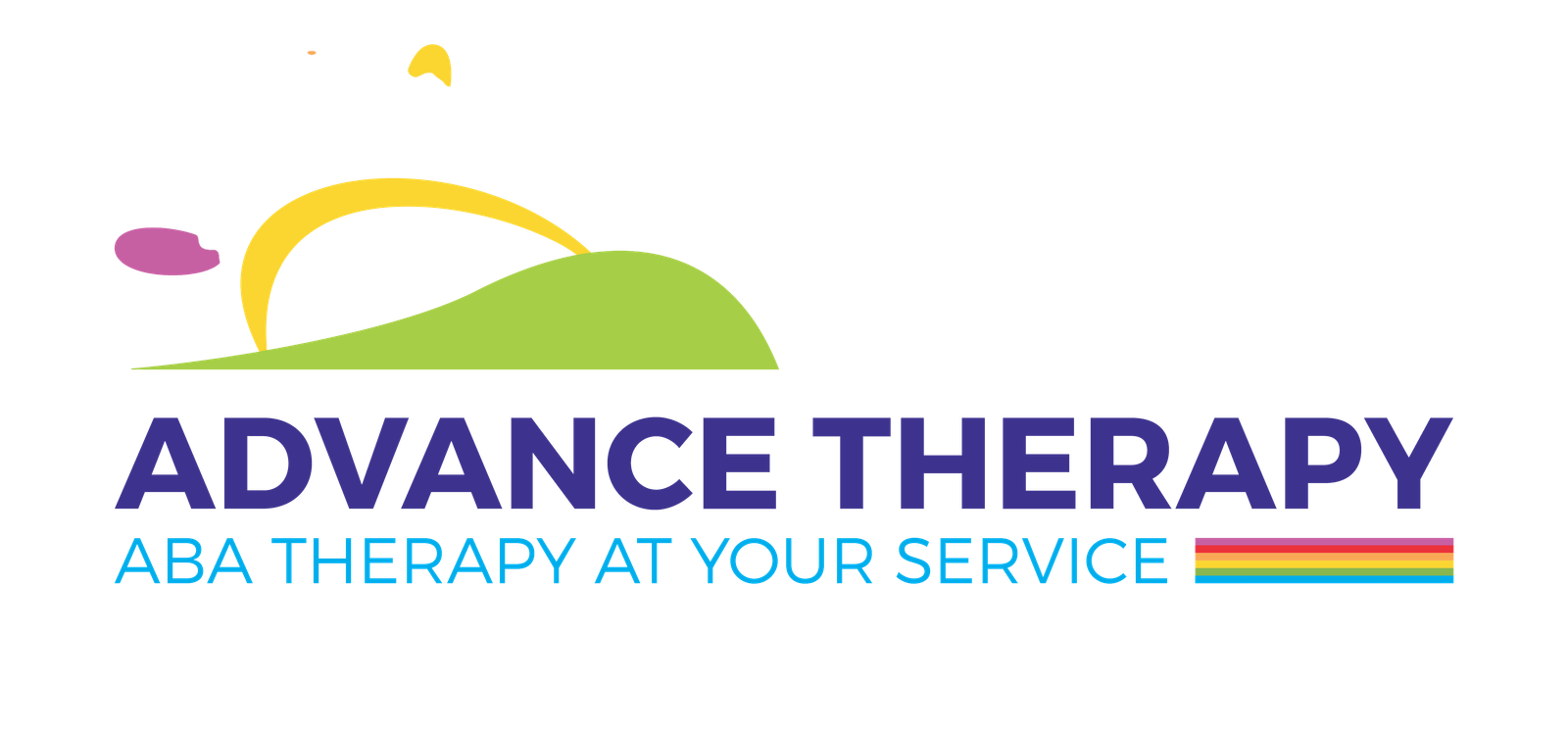Understanding ABA Therapy
What Is ABA Therapy?
ABA therapy is a scientific approach that focuses on analyzing and modifying behavior. At its core, ABA involves breaking complex skills into smaller, manageable steps, using positive reinforcement to encourage desirable behaviors and reduce harmful or disruptive ones. The therapy is individualized, meaning programs are tailored to meet the unique needs of each participant. This personalized approach ensures that the interventions are not only effective but also sustainable in the long term.
Key Principles of ABA Therapy
Positive Reinforcement: Rewarding desired behaviors to increase their frequency.
Task Analysis: Breaking down complex skills into smaller steps for easier learning.
Discrete Trial Training (DTT): Structured teaching sessions that focus on specific skills.
Natural Environment Teaching (NET): Encouraging learning in real-world contexts.
Data-Driven Decisions: Continuous monitoring and assessment to adjust interventions as needed.
These principles form the backbone of successful ABA programs, providing a structured framework that ensures progress is measurable, meaningful, and repeatable.
Transformational Success Stories
Early Childhood Milestones
One of the most inspiring aspects of ABA therapy is its impact on young children. Consider the story of Emma, a 3-year-old diagnosed with moderate autism. Before starting ABA, Emma struggled with basic communication and social interactions. Through intensive, individualized sessions focused on language development and social engagement, she began to use words to express needs and emotions. Within a year, Emma was not only communicating effectively with her parents but also engaging in cooperative play with peers. Her success highlights the profound impact of early intervention and structured ABA therapy programs.
Academic Achievements
ABA is not limited to social or communication skills—it also significantly enhances academic performance. Michael, a 7-year-old with autism, faced severe challenges in reading and math. Through a combination of task analysis and discrete trial training, his ABA therapists introduced learning in small, manageable steps, reinforcing each achievement. Over time, Michael progressed from recognizing letters to reading complete sentences independently. His story demonstrates how ABA therapy can bridge the gap between learning difficulties and academic success, enabling children to thrive in mainstream educational environments.
Behavioral Improvements
Behavioral challenges are often a significant barrier for individuals with autism. Sarah, a 10-year-old, exhibited frequent tantrums and self-injurious behaviors, which made daily routines extremely challenging for her family. Her ABA therapy program included positive reinforcement techniques and functional behavior assessments to identify triggers. By systematically addressing these behaviors and teaching alternative coping strategies, Sarah gradually reduced her outbursts and learned to express frustration constructively. Today, she participates in school activities and family outings with confidence, reflecting the transformative potential of structured behavioral interventions.
Social Integration and Emotional Growth
Social skills development is another area where ABA therapy programs shine. Alex, a 12-year-old non-verbal child, had significant difficulties interacting with peers. Through a combination of modeling, role-playing, and reinforcement, Alex learned to interpret social cues, initiate conversations, and maintain friendships. These skills not only improved his social life but also boosted his self-esteem and emotional resilience. Stories like Alex’s emphasize that ABA is not just about managing behaviors—it’s about nurturing holistic growth and fostering meaningful connections.
Key Components of Effective ABA Programs
Individualized Treatment Plans
Each participant in ABA therapy programs receives a personalized treatment plan based on comprehensive assessments. These plans identify strengths, areas for improvement, and specific goals tailored to the individual’s developmental stage and needs. The customization ensures interventions are relevant and effective, maximizing the potential for success.
Consistent and Intensive Sessions
Consistency and intensity are critical to achieving tangible results. Successful ABA programs typically involve multiple sessions per week, each designed to reinforce learning and maintain skill acquisition. The structured repetition allows participants to internalize behaviors and apply them across different contexts, promoting long-term retention.
Family Involvement
Families play a pivotal role in reinforcing progress outside therapy sessions. Parents and caregivers are often trained to implement ABA techniques at home, ensuring that learning is continuous and consistent. This collaborative approach strengthens the impact of therapy, creating an environment where skills are generalized and maintained over time.
Data-Driven Adjustments
A hallmark of successful ABA programs is the meticulous collection and analysis of data. Therapists track every response, behavior, and milestone, using this information to adjust interventions as needed. This evidence-based approach ensures that therapy remains dynamic and responsive, optimizing outcomes for each participant.
Broader Impacts of ABA Therapy
Long-Term Independence
One of the most compelling outcomes of ABA therapy programs is the promotion of independence. Participants often acquire skills that enable them to perform daily tasks, make decisions, and navigate social and academic environments autonomously. These achievements are not just milestones; they are building blocks for lifelong success.
Enhanced Quality of Life
Success in ABA therapy extends beyond measurable skills. Families frequently report improved overall quality of life, reduced stress, and greater family cohesion. Children who gain communication, social, and behavioral skills often experience increased confidence, greater engagement in community activities, and richer interpersonal relationships.
Empowering Communities
The benefits of ABA programs ripple outward, impacting schools, communities, and healthcare systems. Educators report improved classroom participation and reduced behavioral disruptions. Healthcare providers observe better developmental outcomes and reduced reliance on intensive interventions. These community-wide effects underscore the transformative power of ABA therapy programs.
Real-World Case Studies
Case Study 1: Olivia’s Journey
Olivia, an 8-year-old with severe autism, began ABA therapy struggling with basic self-care tasks. Through targeted interventions focusing on daily living skills, Olivia gradually learned to dress, feed herself, and manage personal hygiene independently. Her progress exemplifies the efficacy of structured, individualized therapy in fostering functional independence.
Case Study 2: Liam’s Social Transformation
Liam, a 14-year-old non-verbal teenager, initially had limited peer interactions and often displayed anxiety in social situations. ABA sessions incorporating social skills training, peer modeling, and reinforcement strategies enabled Liam to initiate conversations, participate in group activities, and develop friendships. His transformation demonstrates how ABA therapy nurtures social competence and emotional resilience.
Case Study 3: Ethan’s Academic Breakthrough
Ethan, a 9-year-old struggling with attention and learning challenges, benefited from an ABA program that integrated academic skills training. By using task analysis and discrete trial methods, Ethan learned to complete assignments independently, improve focus, and achieve measurable academic milestones. His story highlights the intersection of behavioral therapy and educational advancement.
Tips for Maximizing ABA Therapy Success
Start Early: Early intervention significantly enhances outcomes, as younger children often exhibit greater neuroplasticity.
Engage Families: Active parental involvement ensures skills learned in therapy generalize to daily life.
Select Qualified Therapists: Board-certified behavior analysts (BCBAs) possess specialized training essential for effective ABA delivery.
Monitor Progress: Regular data collection and review allow for timely adjustments to treatment plans.
Celebrate Milestones: Recognizing achievements, no matter how small, reinforces progress and motivation.
Challenges and Considerations
While ABA therapy programs offer remarkable benefits, they are not without challenges. Accessibility, cost, and intensity of therapy can pose barriers for some families. Moreover, therapy must be individualized, as a one-size-fits-all approach often fails to yield results. Ethical considerations also emphasize respect for the individual’s autonomy and preferences, ensuring interventions support growth without undue pressure or discomfort.
Future of ABA Therapy
Advancements in technology, research, and methodology continue to refine ABA therapy programs. Virtual therapy platforms, data analytics, and innovative teaching techniques are enhancing accessibility, precision, and engagement. As awareness grows, the integration of ABA into schools, communities, and healthcare settings is expanding, promising broader reach and more profound impacts.
Conclusion
The success stories from ABA therapy programs are profound reminders that with structured, evidence-based intervention, individuals with autism can achieve remarkable growth. From communication breakthroughs to academic triumphs, behavioral improvements, and social integration, ABA empowers participants and their families to envision and realize a fuller, richer life. These programs are not just about modifying behaviors—they are about unlocking potential, fostering independence, and nurturing resilience. For families navigating the complexities of autism, ABA offers hope, guidance, and a pathway to tangible, transformative success.
Every milestone reached through ABA therapy—whether it’s a child speaking their first word, completing a homework assignment independently, or forming lasting friendships—represents a victory for perseverance, scientific innovation, and compassionate care. As these success stories accumulate, they illuminate a future where every individual with autism has the opportunity to thrive, achieve, and contribute meaningfully to their community.


